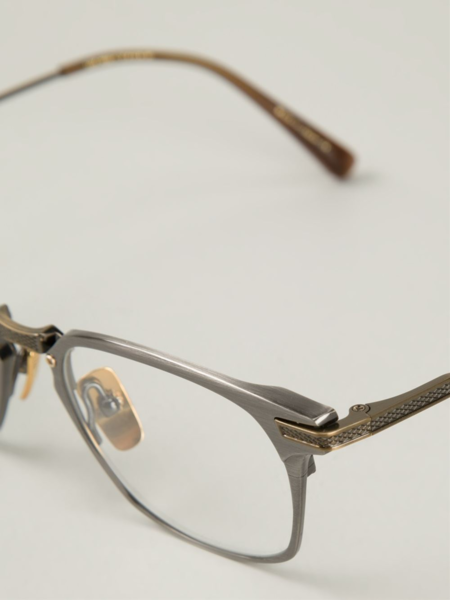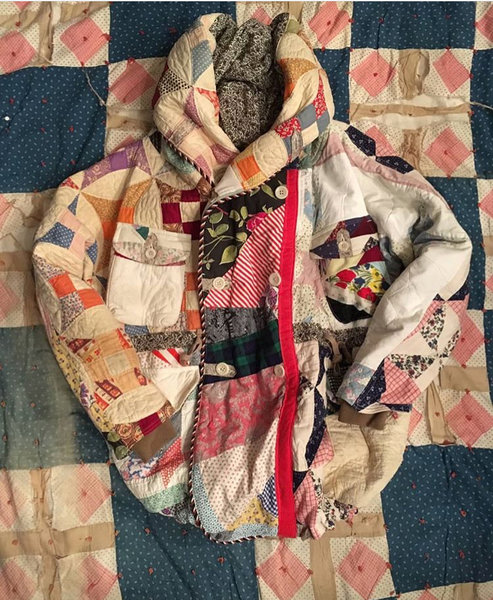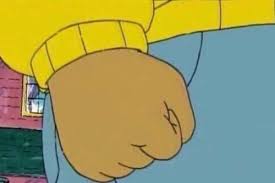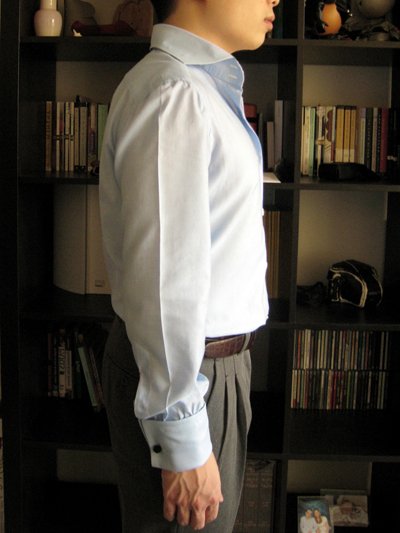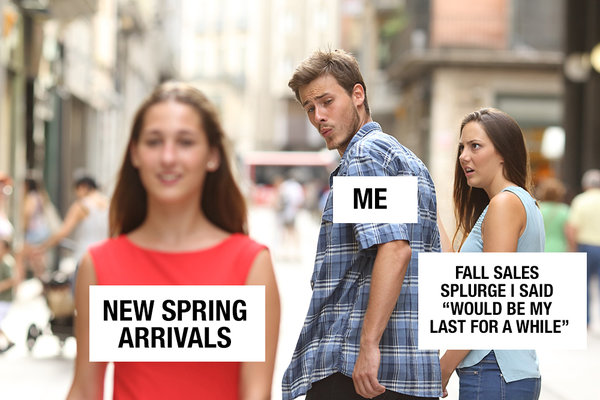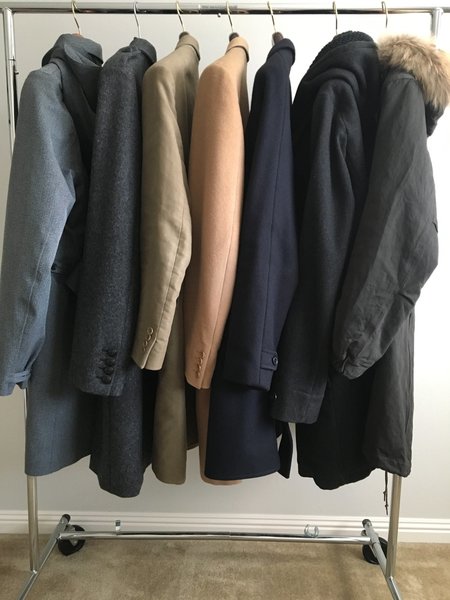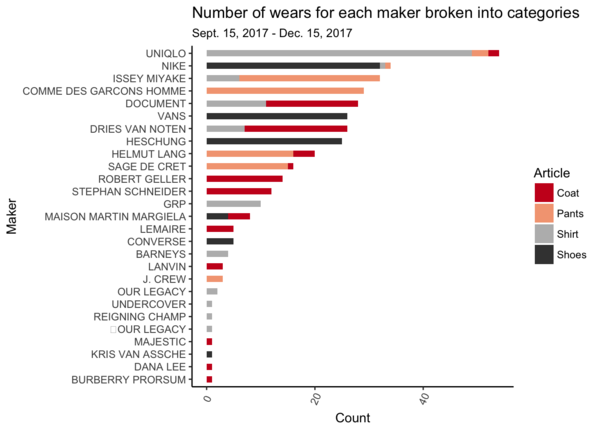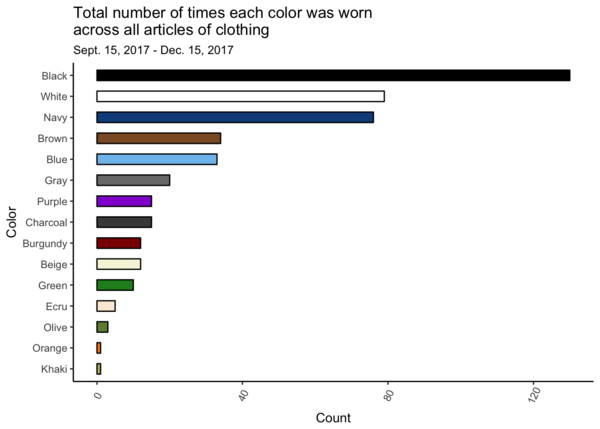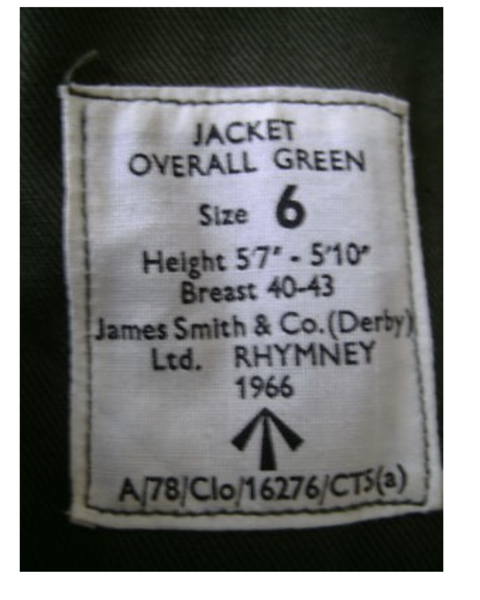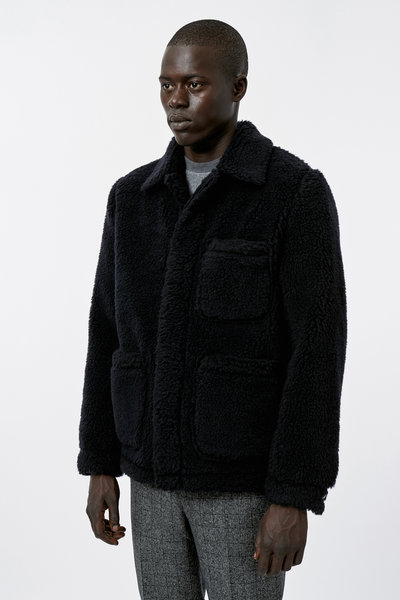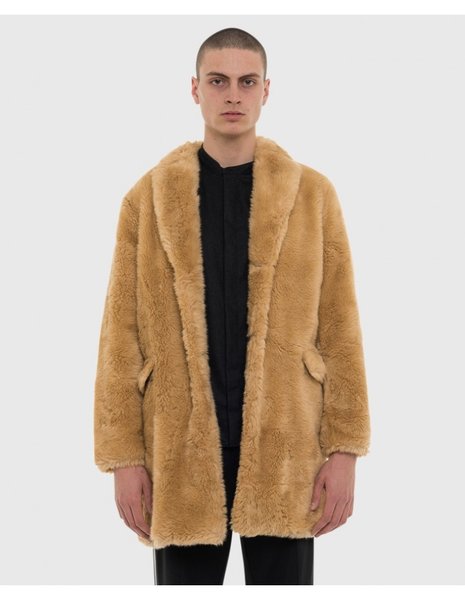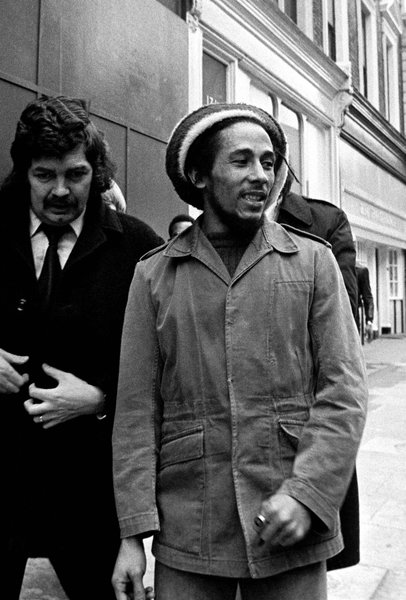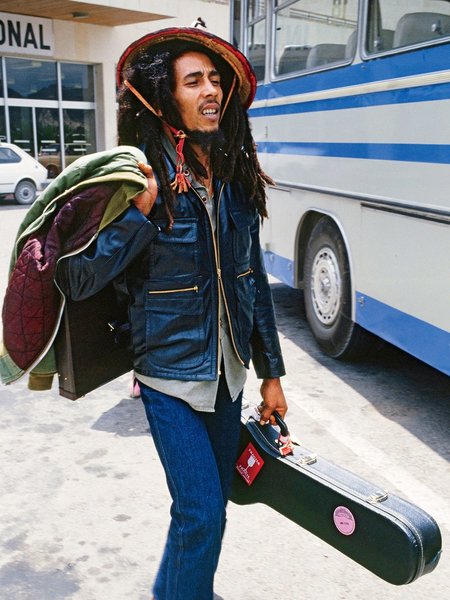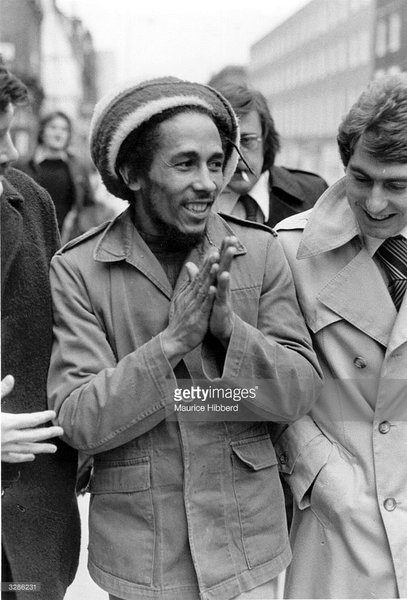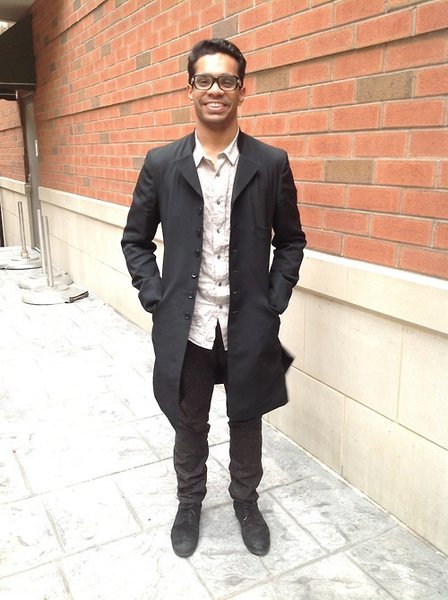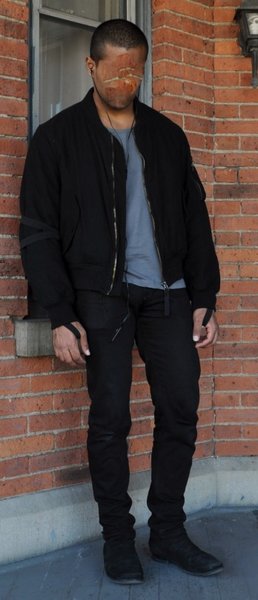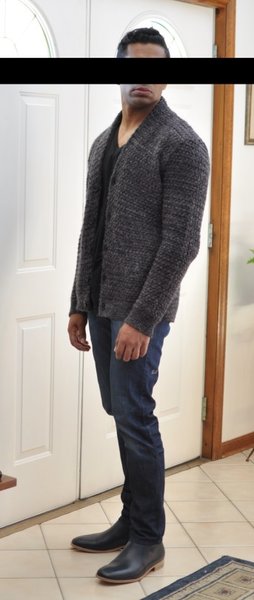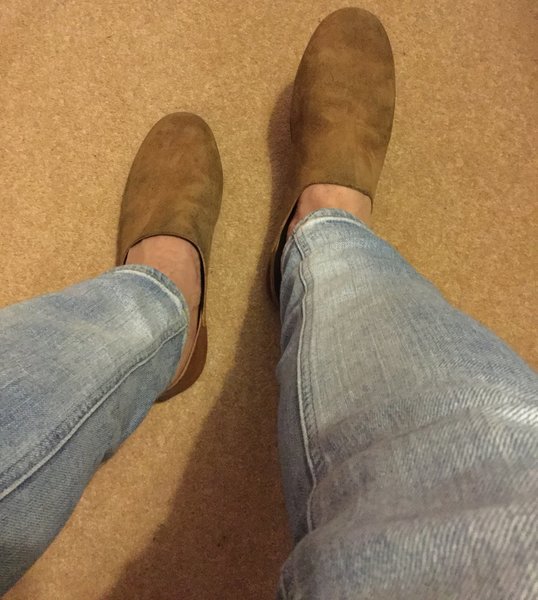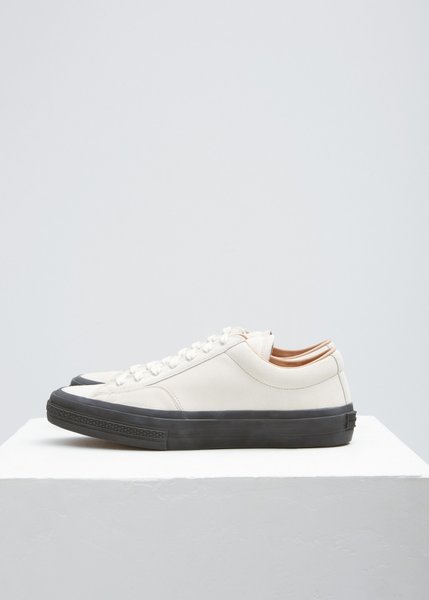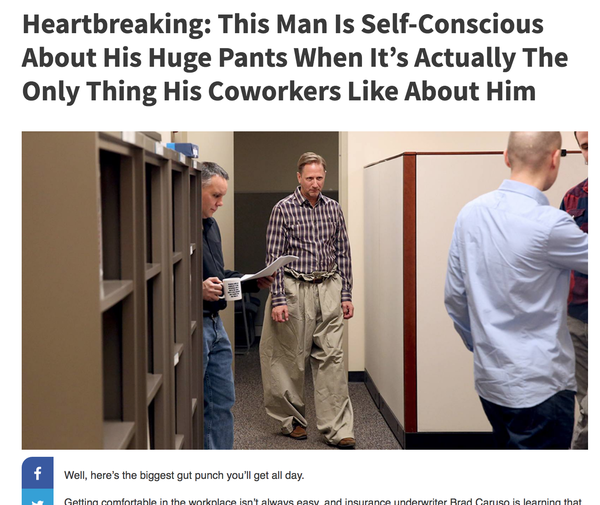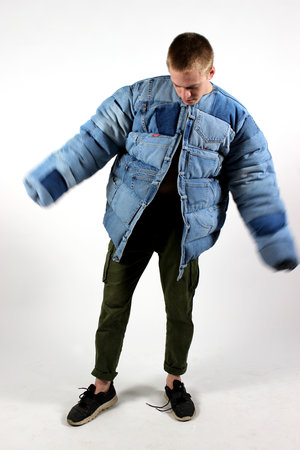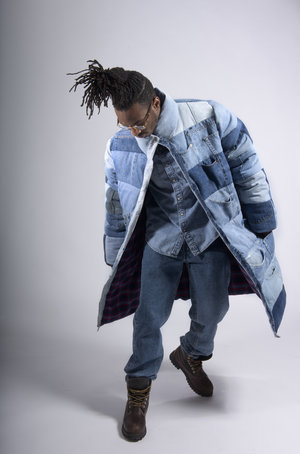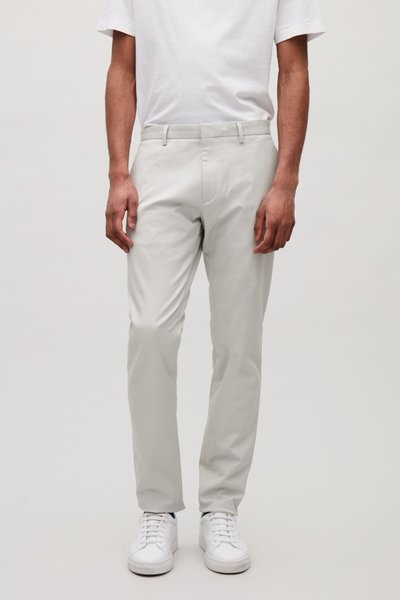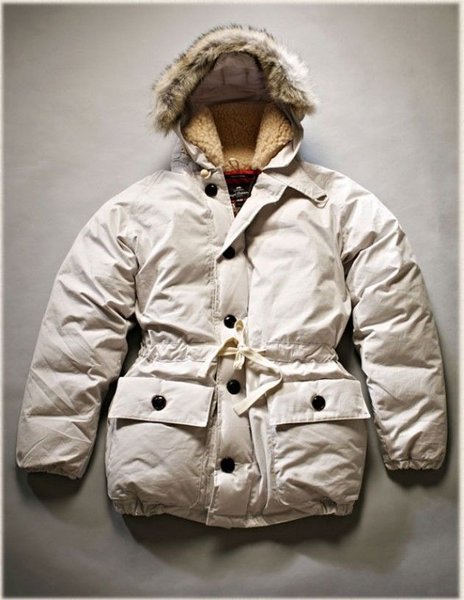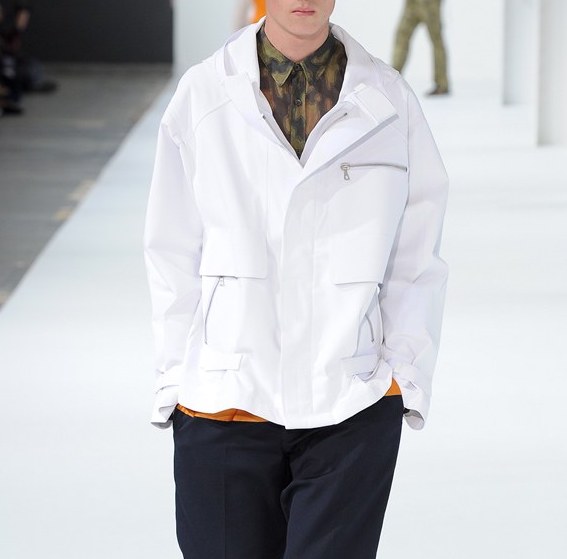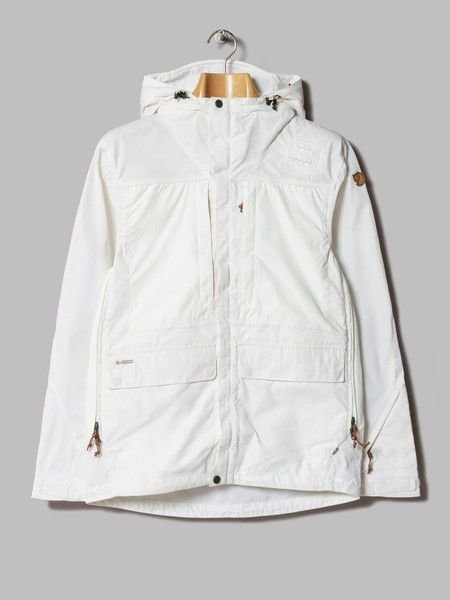- Joined
- Mar 8, 2002
- Messages
- 57,592
- Reaction score
- 36,448
Come to some tradeshows and you'll see a great deal of homogeneity.I don't think the companies that can adopt this are the ones who can react to interesting pieces though. Again, they're big fashion houses with lots of store fronts; they have to move a lot more units. They'll be reacting to whatever designer pieces are just a tier "above" them (if we can think of trends as trickling down).
In 2016, that means more safe, tame versions of MA-1s, not some weird, wacky take on the bomber.
At least with the old model, designers have to predict what's going to be hot in a year or so, not just react to sales numbers and trend reports of what's immediately hot now. So they might have to guess whether MA-1s are going to be boring by fall 2017, which in turn means they have to gamble on what they think is reliable in trend forecast reports. That means a slowing down of trends, and probably some kind of diffusion (since I assume people bet on different things -- will printed jackets be popular? Military wear? More minimal design? etc). With this model, it just encourages everyone to move in a big wave, with the biggest companies following whatever pretty tame company is just above them on the "trend ladder."
In any case, I think that the bolded part is inaccurate. 1) Things move in big waves anyway. I'm not sure whether it's people hedging their bets, or because the zeitgeist of the global culture is so strong, but things move in big waves. Don't believe me? Look at sneaker trends. I don't know why everyone in the world bet on Stan Smiths at exactly the same time, but that happened. Or why did everyone decide that double riders were excellent? Regardless of the cause, it happened and continues to happen. 2) If you decrease risk, you also decrease risk adverse behavior. (is that a truism?) On the contrary, players are more likely to play the margins in order to gain an advantage.
On a related note, things like preorders definitely increase the amount of choice there is, just because there is less risk to the retailer. I can certainly.attest to that from first hand experience.

